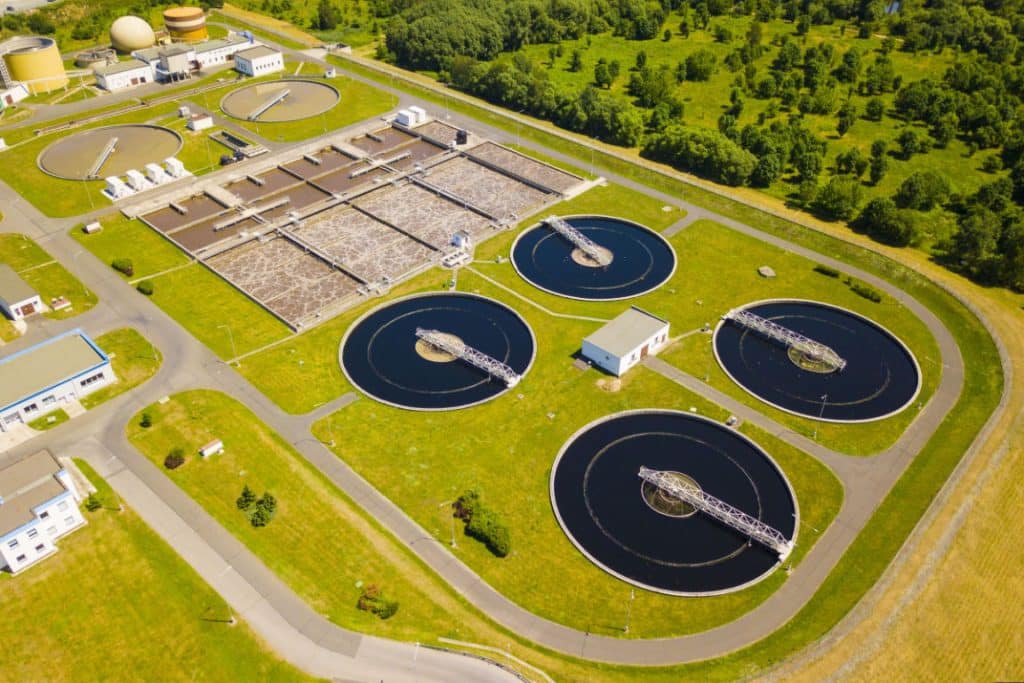In the Moroccan city of Fez, 480 hectares of green spaces will be watered daily with treated wastewater. The effluent will be treated by the Régie Autonome de Distribution d’Eau et d’Électricité de Fès (RADEEF) as part of a new project. Thus, every day, 33,000 m3 of treated wastewater will be produced by RADEEF thanks to a “trimodal filtration” technique using sand and ultraviolet radiation. In addition to the 480 hectares of green spaces in the city of Fez, the project will benefit the Royal Golf Course (70 hectares) and the Oued de Fez (35 hectares).
It is a response to the water crisis in the city of Fez, affected by drought like most cities in the Cherifian kingdom. The Authority will set up three reservoirs, four pumping stations and an 80-kilometre pipeline to carry treated wastewater to the green spaces.
Conducting a feasibility study
Radeef estimates that the work planned as part of the “reuse” project will cost 300 million Moroccan dirhams, more than 27 million euros. An additional 12.3 million Moroccan dirhams (more than 1.1 million euros) will be allocated to carry out the project’s feasibility study, which should start soon. It will update the existing feasibility study, identify and define the environmental impacts of the various project components, and estimate the additional costs of mitigation measures.
Prior to the start of the works, an inventory of industrial units and other sources of pollution will also be carried out, as well as the discharge locations and connection points to the sewerage network of the city of Fez. Radeef will benefit from the support of the Sebou Hydraulic Basin Agency (ABHS), the city councils, the National Office for Electricity and Water (ONEE), the Moroccan Ministries of Health and Agriculture, etc.
Read also –
The initiative is part of the implementation of the treated wastewater reuse programme underway in Morocco, which aims to provide 100 million m3 of treated wastewater to Moroccans per year by 2027. By 2050, this reuse capacity should increase to nearly 340 million m3 per year, for a treatment rate of 80% in the Kingdom.
Inès Magoum
